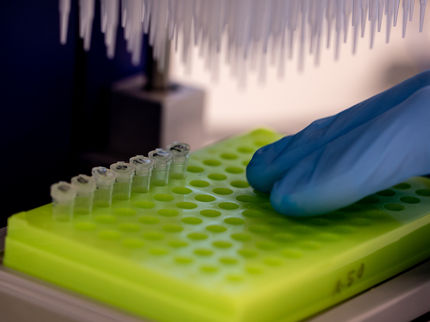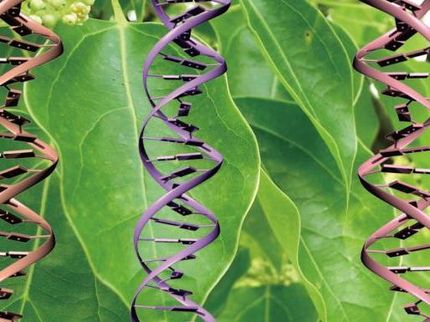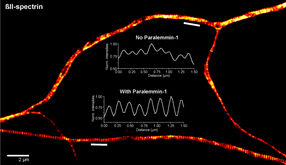Harnessing Mutations: A Breakthrough in Fruit Fly Genetics
A game-changing technique, TF-High-Evolutionary (TF-HighEvo), allows large-scale assessment of de-novo mutations in multicellular organisms
Developed in collaboration with researchers from the European Molecular Biology Laboratory (EMBL) and the Friedrich Miescher Laboratory of the Max Planck Society and published in Molecular Biology and Evolution, this technique provides fresh insights into the evolutionary dynamics of gene regulatory networks and their role in shaping life’s diversity.
Gene regulation plays a critical role in the development and evolution of organisms, with transcription factors (TFs) serving as essential components that control gene expression. Traditionally, studying genetic variation in Drosophila melanogaster (commonly known as fruit flies) has relied on standing genetic variation (already existing mutations). Unlike unicellular organisms, such as bacteria, which reproduce quickly and have high mutation rates, flies have a lower reproduction and mutation rate which prevents the study of de-novo mutation in short timescales.
Additionally, not only in Drosophila but in all organisms where it has been investigated, most genetic variation is found in the genome's regulatory regions, not in the genes. Understanding the impact of mutations in these regulatory regions is particularly challenging compared to genic mutations, where the impact of the mutations can be predicted.
The TF-HighEvo method addresses these challenges by significantly increasing the mutation rate in Drosophila; importantly, it does so in a pathway-specific manner. This new method allows researchers to study de-novo mutations by attaching a mutator to TFs that control gene expression, allowing research to explore how these genetic changes influence traits.
This method combines the benefits of fusing TFs in vivo with an activation-induced deaminase (AID), enabling continuous germ-line mutations at TF binding sites throughout Drosophila's regulatory networks.
In their study, the researchers demonstrated that Drosophila populations expressing the TF-HighEvo construct accumulated mutations at rates higher than those found in natural populations. These mutations clustered around targeted TF binding sites, leading to distinct morphological phenotypes that align with the developmental roles of the tagged TFs, Bicoid and Distal-less. These factors are involved in flies' early embryonic development and appendage growth, respectively.
“This approach is a game-changer,” said Dr. Luisa Pallares, one of the lead researchers from the Friedrich Miescher Laboratory of the Max Planck Society in Tübingen. “This will open previously unthinkable ways of approaching experimental evolution in fruit flies. By allowing us to explore the mutational landscape at scale, TF-HighEvo enables us to assess the genetic basis of phenotypic variation and how particular pathways evolve.”
Beyond Drosophila: Impacts on Multicellular Biology
The implications of this research extend beyond Drosophila, as the methodologies developed could be applied to other multicellular organisms. The ability to induce and study de-novo mutations in a controlled manner will facilitate a deeper understanding of the genetic underpinnings of development and evolution, potentially informing future biological questions in evolutionary, developmental, and synthetic biology.
Furthermore, six Nobel Prizes have been awarded for research involving Drosophila, highlighting the significant contributions of fruit fly research to our understanding of genetics, development and physiology.
As international efforts to understand the effects of genetic perturbations in model systems increase, the TF-HighEvo method stands out as a significant advancement in the field. This approach will enhance the study of gene regulation and contribute to the broader understanding of how genetic variations can lead to evolutionary adaptations.
Original publication
Xueying C Li, Vani Srinivasan, Ian Laiker, Natalia Misunou, Nicolás Frankel, Luisa F Pallares, Justin Crocker; "TF-High-Evolutionary: In Vivo Mutagenesis of Gene Regulatory Networks for the Study of the Genetics and Evolution of the Drosophila Regulatory Genome"; Molecular Biology and Evolution, Volume 41, 2024-8-9

























































